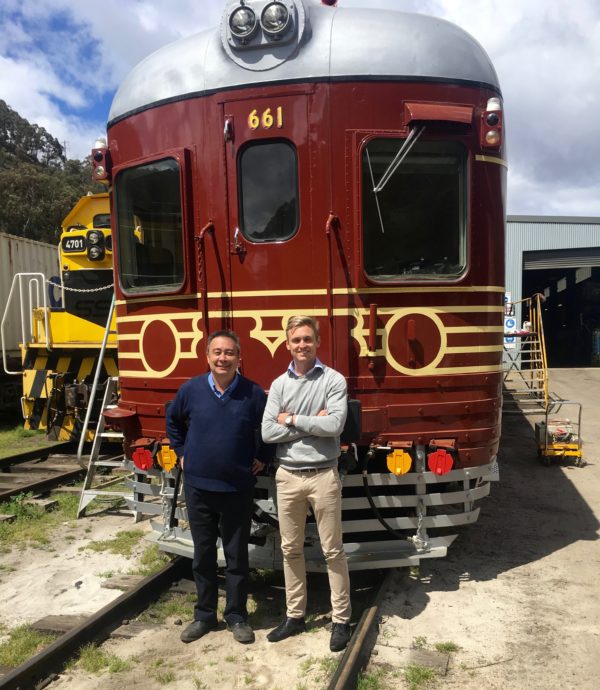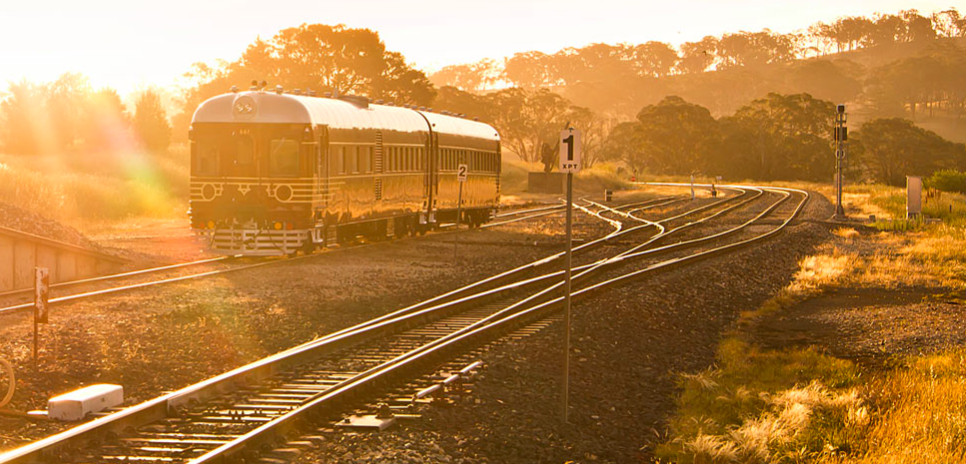The world’s first 100% solar train, opened last month, faces a legal challenge after a group of residents who live within 3km of its reopened route raised the claim that it controvenes local laws. The Belongil Action Group Association (BAGA) is attempting to shut down the railway, saying that it breaches environmental zoning laws pertaining to the Belongil Creek that the train crosses.
Local newspaper The Byron Shire Echo reported the legal challenge on its front page this week, noting that the New South Wales Land and Environment Court dismissed an injunction sought by BAGA, which would have seen the railway shut down only days after its December 16 opening.
The Echo reports that chief judge Brian Preston dismissed the injunction, finding that it would have caused injury to the operators of the railway. Judge Preston, however, did find that there is a “serious question to be tried.”
BAGA claims that by the railway using a small bridge across the Belongil Creek is in breach of a local W1 Natural Waterways zoning, that was introduced to protect the creek in 2014.
 The Byron Bay Railway argues that as the bridge over the creek was subject to maintenance, even when the line was not in use, that it is a part of its “existing use” and, as such, the W1 Natural Waterways zoning does not apply.
The Byron Bay Railway argues that as the bridge over the creek was subject to maintenance, even when the line was not in use, that it is a part of its “existing use” and, as such, the W1 Natural Waterways zoning does not apply.
Supporters of the BAGA claim, argue as the train’s batteries need to be recharged regularly, it will end up utilizing its “noisy diesel motors” as it passes by their homes each hour.
The railway runs a restored heritage train, that has been modified to include flexible rooftop PV panels, and on-board batteries. It has dual electric AC traction motors, but has retained one of its two original Cummins 14 litre NT855 diesel engines, which the railway operators claim has been kept to balance weight within the train and to drive it in the event of power failure.
The battery bank has been sized to be sufficient to power the train for 12-15 runs along its 3km route, carrying 100 seated passengers. Currently the train runs eight return services a day.
The train can plug into three-phase chargers at the station, which itself has been kitted out with a rooftop PV array that the operators claim is sufficient to charge the batteries. The station is grid connected, which can also be utilized to charge the train. Excess PV power will be fed back into the grid.
The grid energy consumed by the train is being provided by community retailer Enova Energy, which will supply 100% renewable energy.
The train itself is the first of ten “600 class” train sets, produced at the Chullora Railway Workshops, Sydney, in 1949. Tim Elderton, the Managing Director of the Lithgow Railway Workshop that restored the rail cars, says the train is “quiet, lightweight and clean.”
“It can run at 115 km/h although it will only be running at slow speeds in Byron,” said Elderton. “There is a country-wide movement back to train transport as people are realising its benefits. It keeps cars off roads, lowering the death toll, it facilitates human interaction and above all it’s immensely sustainable given the high passenger numbers and low fuel usage.”
The Land and Environment Court will hold a direction hearing on February 23, the case set to be heard in full in May.
This content is protected by copyright and may not be reused. If you want to cooperate with us and would like to reuse some of our content, please contact: editors@pv-magazine.com.









2 comments
By submitting this form you agree to pv magazine using your data for the purposes of publishing your comment.
Your personal data will only be disclosed or otherwise transmitted to third parties for the purposes of spam filtering or if this is necessary for technical maintenance of the website. Any other transfer to third parties will not take place unless this is justified on the basis of applicable data protection regulations or if pv magazine is legally obliged to do so.
You may revoke this consent at any time with effect for the future, in which case your personal data will be deleted immediately. Otherwise, your data will be deleted if pv magazine has processed your request or the purpose of data storage is fulfilled.
Further information on data privacy can be found in our Data Protection Policy.